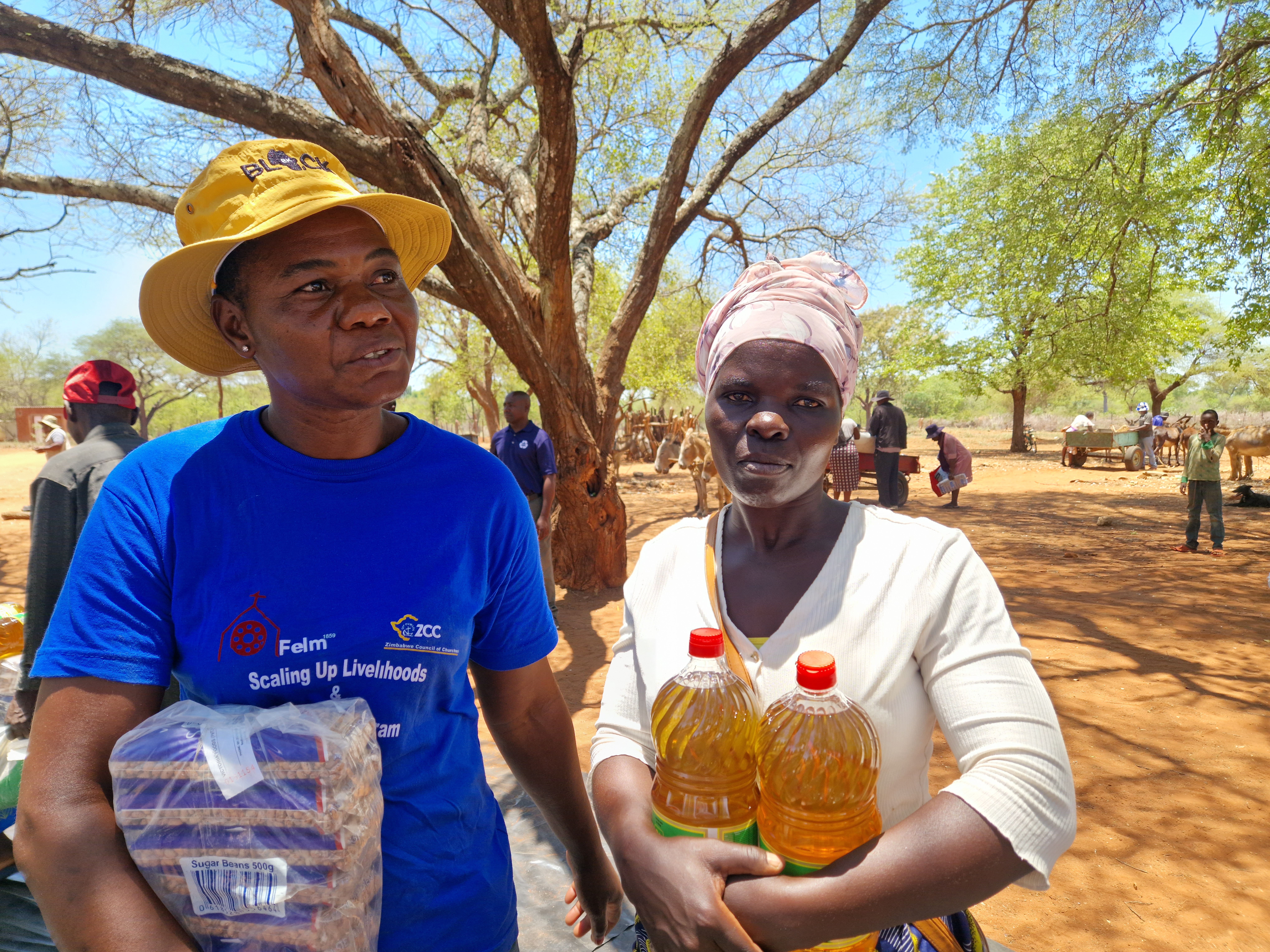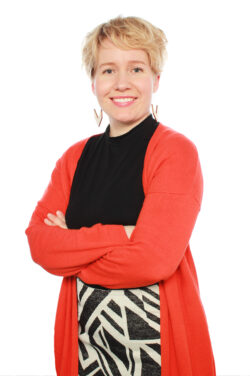
By Ruusa Gawaza, Felm
In December, as I travelled through southern Zimbabwe with our local partner, the Zimbabwe Council of Churches, the disastrous impact of climate change was clear. Usually, the fields would be full of maize, sorghum, and millet as high as your knee. Instead, the fields were empty and dry, and the temperature was much higher than usual.
In the southern districts of Mwenezi and Gwanda, farmers had been left with nothing for the second year in a row. This was due to a lack of rainfall, made worse by the effects of El Niño. The annual Zimbabwe Vulnerability Assessment report estimates that more than a quarter of the population, about 2,700,000 people, will face food insecurity in the coming months. More than 95 percent of farmers across the country had not yet started ploughing their fields due to lack of rainfall, even though the rainy season was already halfway over.
The Zimbabwe Council of Churches supports communities with both short-term food assistance and long-term climate resilience work. During the week, we saw food being distributed to the most vulnerable communities in the area. The assistance package included 50 kg of maize flour, 40 kg of beans, and 4 litres of cooking oil, enough for a household of five for one month.
Listening to community members, I heard one desperate story after another. Mr. Vila, the Chair of the Ward 14 Food Distribution Committee in Mwenezi, told me that the situation is catastrophic. Some days, the temperatures have been 10 degrees higher than in an average year. The crops he planted in October, after the first rains, had already withered and his cattle had started to die. When I asked Mr. Vila what the solution might be, he said quietly: “It would be best just to leave.”
We heard more stories of drought, hunger, the inability to produce food, and loss of livelihoods. Farmers had prepared their fields and fixed natural dams to contain water for livestock and irrigation, but the rain never arrived. The situation was dire and getting worse by the week. Food assistance was all that was keeping them alive.
Seeing empty fields and listening to community members, it was obvious that slow-onset losses and damages are already a reality. It might never again be possible to practice farming in the same way because drought recurs each year. When a farmer loses the ability to grow crops on land that has produced food for generations, non-economic loss becomes very real. The communities face the loss of culture and Indigenous knowledge at the same time as they lose their livelihoods.
While we continued our discussions with Zimbabwe communities, world leaders at COP28 in Dubai discussed the Global Goal on Adaptation and made pledges to the Loss and Damage fund. The decisions made in these annual climate conferences are a matter of survival for people in rural communities like the ones I visited in Zimbabwe.
If the goals of the Paris Agreement for mitigation and adaptation are not met, and sufficient funds for adaptation, loss and damage are not available, millions of people like Mr. Vila and his family will have no option but to leave their homes forever. Lives, livelihoods and culture will be lost.
Ruusa Gawaza works for the Finnish Evangelical Lutheran Mission (Felm) as a Global Climate Resilience Advisor and lives in Harare, Zimbabwe. She is a member of the Act Alliance Climate Justice Reference Group and co-chairs the Global Climate Program Community of Practice.
